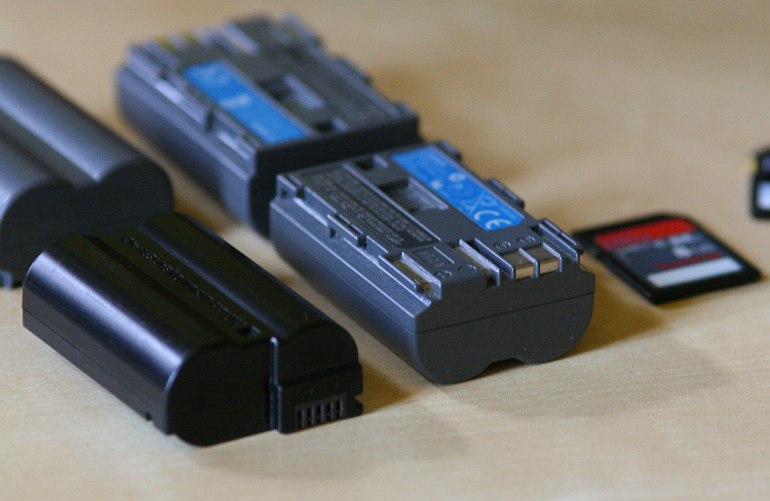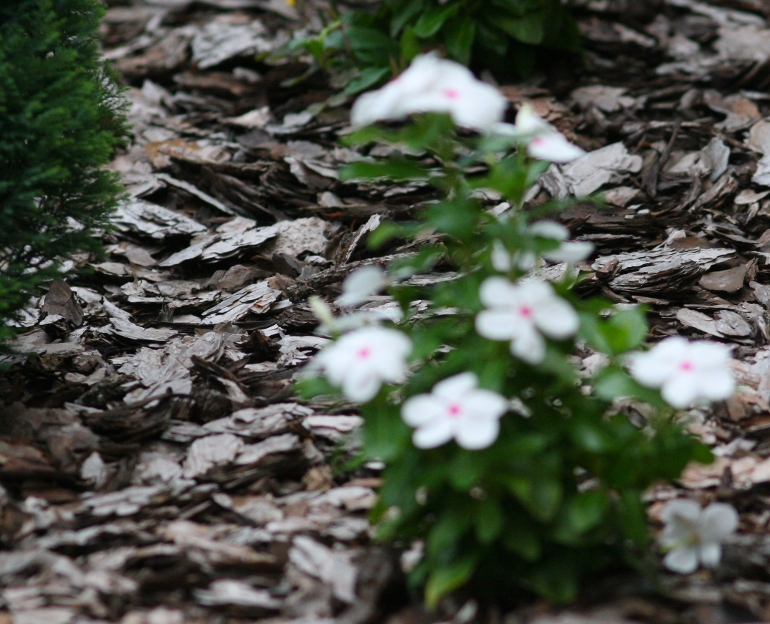How to ruin a photo
How to ruin a photo
Introduction – How to ruin a photo
From this examples you can learn how to make a good photo as well. We can learn from our mistakes. If you manage to avoid all the mistakes listed below actually you a good photographer.
1. Left battery and SD card home (camera, lens, teleconverter, flash, tripod, filter, etc…)

Before you can ruin anything first need to have the equipment to take the photo. What can help is a checklist or put all photo equipment in a same place for example camera bag. The most I left home is the memory card, the small SD cards on top of that quite fragile, can ruin quickly.
2. Camera settings left at earlier position. (ISO, aperture, exposure compensation, white balance, etc)
If you adjust your camera at a particular setting, don’t forget to switch back after you don’t need the specific setting.
3. Moving camera/unstable support
Usually the camera needs to be stable position when we make the photo.
4. Wrong focusing
The focus is not where it needs to be.
 The focus is behind the flowers
The focus is behind the flowers
5. Too shallow or too deep depth of field
If the subject of the photo is very close (macro photos for example) smaller apertures needed that more part of the image can be in focus. For portraits the bigger apertures preferred to blur the background. For background blur longer, brighter lenses are preferred.
6. Wrong ISO number
In good light low iso, dark situations high iso. Also for high shutter speeds, higher ISO needed for freezing action.
7. Wrong aperture settings
In most cases small apertures(f/16-64) must avoid for two reasons:
1. Extreme amount of light needed to make a sharp photo, therefore very high iso settings
2. Unsharp pictures because of diffraction effects.
The most useful apertures are in the f/4-f/8 region.
Where small apertures can be good is landscapes and macro but most cases for this apertures tripod is needed.
8. Exposure compensation problems
Exposure compensation button is usually the black white square with +- sign. You push the button and can regulate the setting afterwards. +-2 EV or +-5 EV depends on cameras.
Overexposed picture
Too bright picture or burned out (white without any details)
Underexposed picture
Too dark picture sometime black parts without any details
In some cases we adjust the usual exposure which offered by camera. This cases:
1-too bright scenes snow, water without trees, beach – +exposure
2-too dark scenes forest – adjust exposure – levels, in order not to make too light pictures
Most cameras not good enough in bright sunlight, sometimes – compensation needed in order to avoid burnt out images.
In certain situations we use different settings, but the problem occurs when the new situation is different.
9. Camera in self timer mode
Happened with me several time before the right instant no click of the shutter, even the camera is blinking, and gives noises as well, not the best before you want to make your life’s best wildlife photo.
10. Wrong white balance
Artificial white balance easily ruin your photo in daylight and backwards. Let it on Auto or change it everytime.
11. Lens in manual mode
In Nikon camera there is a switch on cameras manual or autofocus mode, not on Canon where only needs to switch the lens.
12. Stabilizer on-off problems
Stabilizer can ruin the photo in good light. Better to switch the stabilizer off in good light.
13. Unappropriate metering
The most tricky metering is spot metering, which can easily ruin your photo, if you focus on a wrong place. The most reliable is matrix metering, which I use almost all of the time.
14. Inappropriate file size of format
The camera is in jpg format in the Caimen islands, where you wanted Raw… or very small jpg instead of finest setting..
15. Taking too much pictures of the same thing
This is what I usually do. I want to be sure, that a photo is great. The problem with it I use the equipment too much, makes lots of files, and spend lots of time with these many pictures afterwards.
15. Dust problems
If we often change lenses, or left the Dslr camera body exposed dust problems can occur. Dust is ugly on the picture and hard to repair. Dust can be on the lens as well.